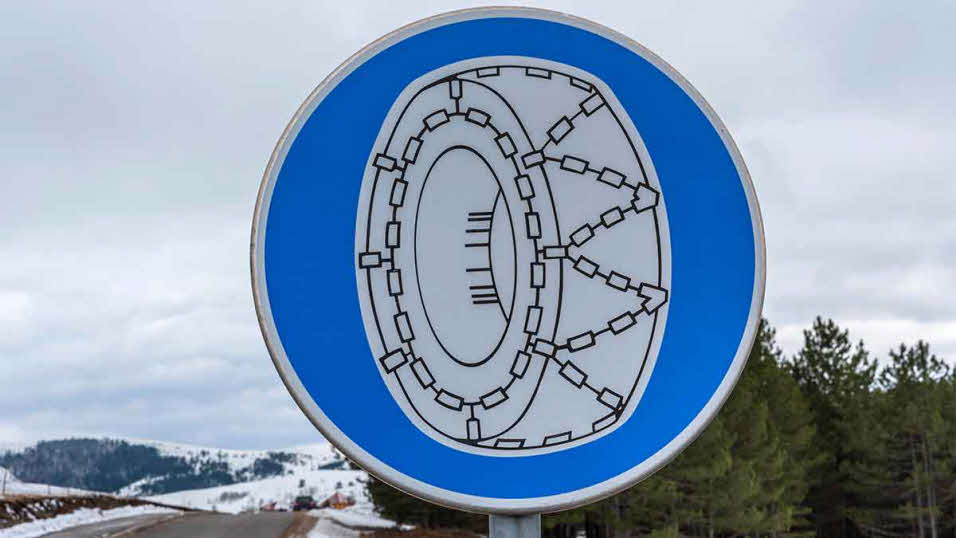Austria
Overseas winter equipment
Overseas winter equipment
There's something incredibly special about the peaceful silence of a snow-covered campsite when you're warm and snug inside your caravan, motorhome or campervan and with the right preparation touring can be enjoyed all year round!
Belgium
Croatia
Czechia (Czech Republic)
France
Germany
Ireland
Italy
Luxembourg
Netherlands
Portugal
Slovenia
Spain
Switzerland



